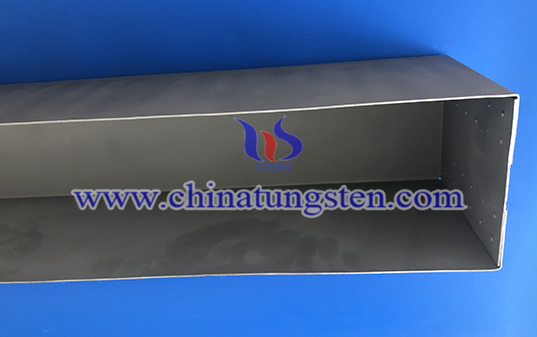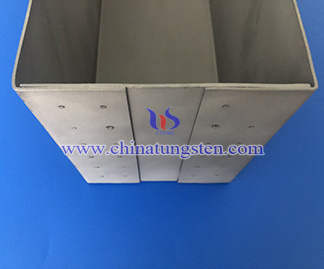Riveted Tungsten Crucible

Introduction
A riveted tungsten crucible is a crucible made of tungsten and manufactured using a riveting process. It is widely used for melting and material processing in high-temperature environments. The term "riveted" refers to a mechanical joining method in which multiple tungsten plates or sheets are assembled into a single structure using rivets, rather than being manufactured through sintering, spinning, or welding.
Manufacturing Process
Riveting Process: Tungsten plates are fastened together with rivets to form the shape of the crucible.
Application Scenarios: This method is particularly suitable for producing large-sized or thin-walled crucibles, as processing a large tungsten piece into a single crucible may be challenging.
Why Use the Riveting Process?
Compared to sintering or welding, the riveted tungsten crucible offers the following advantages:
1.Flexibility – Allows for the production of larger crucibles, overcoming the limitations of single-piece tungsten processing.
2.Cost-Effectiveness – For small-batch production or customized requirements, the riveting process may be more economical.
3.Customizability – The crucible's shape and size can be adjusted based on specific applications.
Potential Drawbacks
1.Rivet Joint Strength – At high temperatures, the riveted points may be the weak spots, requiring high-quality craftsmanship to ensure durability.
2.Sealing Performance – Compared to sintered or welded crucibles, the riveted structure may have slightly lower sealing properties.
Practical Applications
Riveted tungsten crucibles are widely used in the following fields:
1.Sapphire Crystal Growth – Used for melting aluminum oxide (Al₂O₃) in high-temperature furnaces, ensuring the controlled growth of high-quality single crystals.
2.Rare Earth Metal Smelting – Applied in the melting of high-melting-point metals such as tungsten, molybdenum, and tantalum.
3.High-Temperature & Vacuum Furnaces – Serves as a container or lining that withstands extreme temperatures above 2000°C and vacuum conditions.

